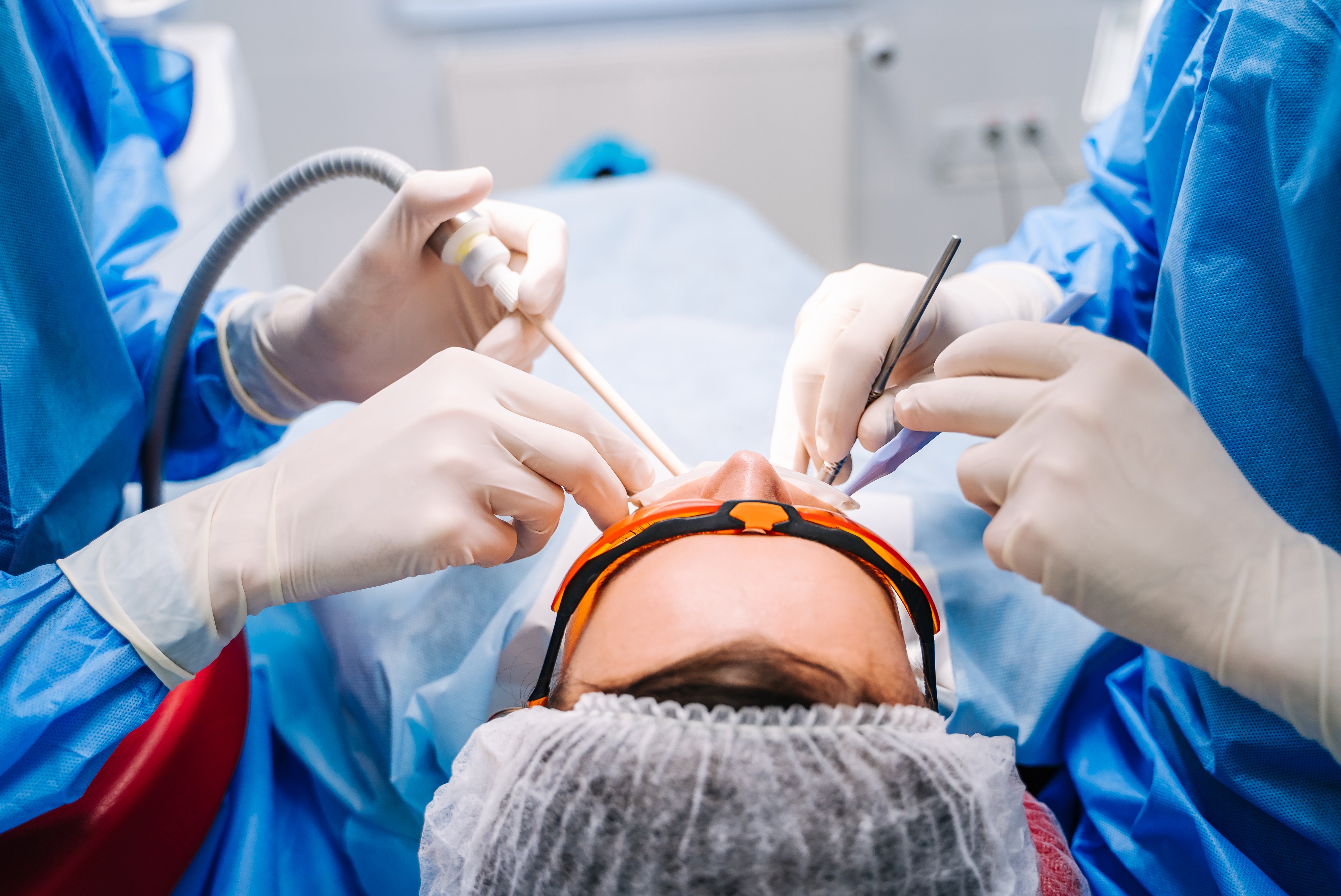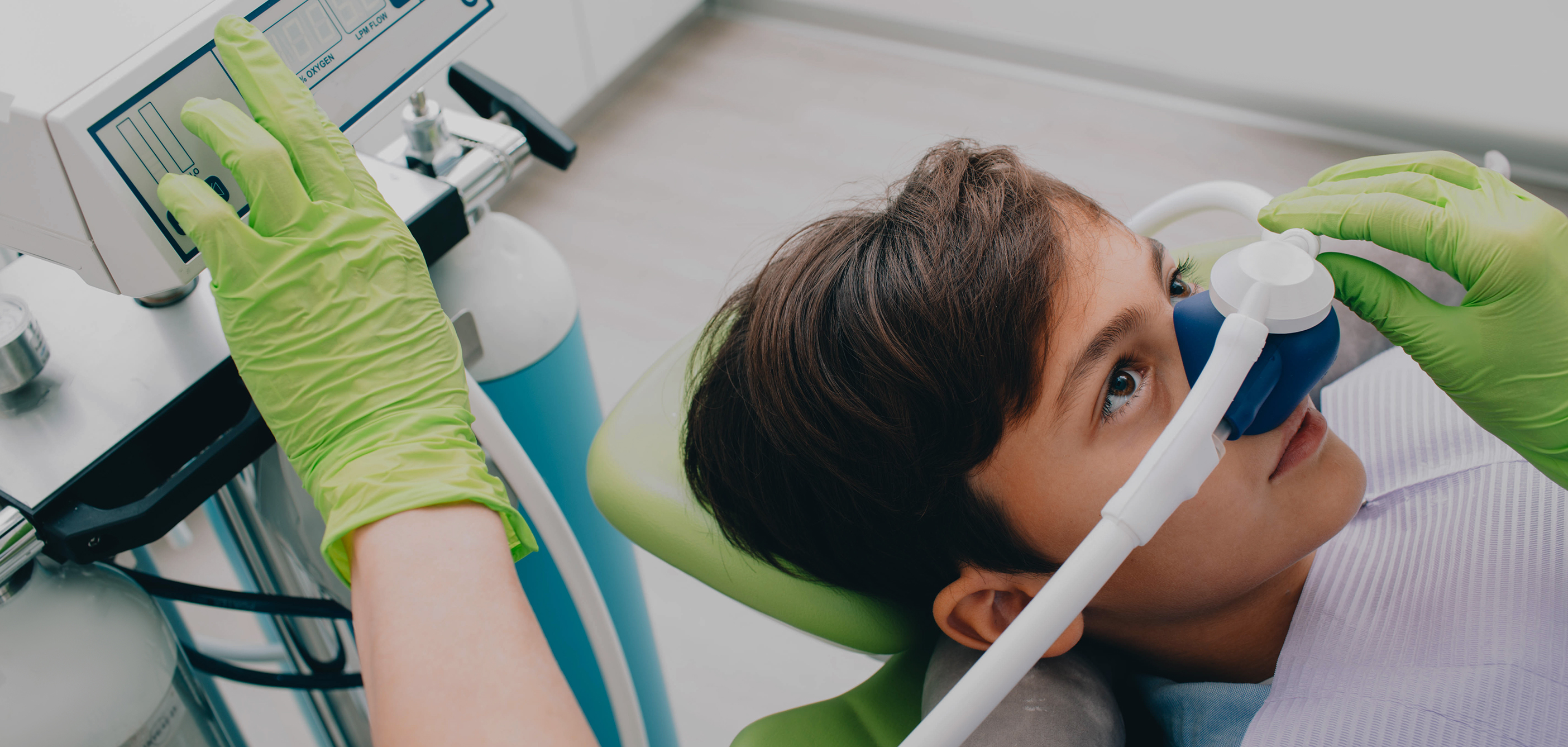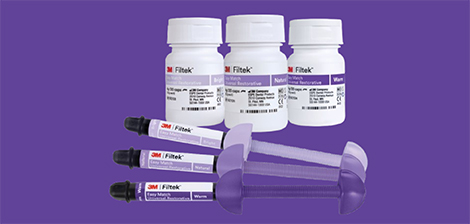Which Dental Anaesthetics are used today?
There has been a paradigm shift in the way dental care is delivered in recent times. Today’s dentist-patient dynamic is more akin to collaboration than the paternalistic relationship of yesteryear. Informed consent is the pinnacle of best practice with communications between clinician and patient optimised by the basic principle of ‘mutuality’. In essence, the dentist/patient relationship is, in its simplest terms, one built on mutual trust.
Empowering patients in their journey allows them to share in the responsibility of both the safe and comfortable delivery of dental care. Of primary concern for all patients is pain prevention and control – and how the dentist will manage this. Complex dental treatments are rarely delivered without the need for intervention of pain control and local anaesthesia is now the commonest form of analgesia for dental treatments – and an everyday part of modern-day dentistry. Much like the procedures themselves, the choice of analgesia is tailored to each patient to achieve optimum patient compliance and pain control.
Any pre-operative assessment requires time within the clinical review to ascertain the safest and most appropriate option for pain control. A clinician must communicate what pain control is available, which one is the most appropriate – and why.
The safest approach is to ensure any discussion includes:
- Options for pain and anxiety control
- The risk and benefits of each method discussed
- Ascertaining any history of allergies
- How quickly the chosen analgesia will act
- A description of the sensation and/or degree of discomfort
- The discussion of ‘stop/rest’ signs.
Of course, there will need to be a contemporaneous record of all conversations that take place. Treatment under local anaesthesia is usually safe and straightforward within any dental environment, but occasionally patients may react adversely – when analgesia is given or due to any stress caused whilst receiving treatment. A vasopressor may be added to the anaesthetic to increase its effect and focus it on the site that requires anaesthetising.
The success of dental analgesia depends on:
- The choice of pain or anxiety control
- The area of the mouth being anaesthetised
- The dental procedure itself
- Individual factors specific to each patient.

There are many different types of dental analgesia on the market that vary in both potency and duration of action.
Here we look at the main four options, including their benefits, side effects and risks.
What is Lidocaine?
Lidocaine is the most common local anaesthetic used in UK dentistry. It works by blocking nerve signals to the body. Cited as having revolutionised pain control within the profession, its efficacy is proven, any allergy to it is uncommon and there is minimal risk of toxicity over long-term clinical use.
Via infiltration, Lidocaine takes 90 seconds to begin working and effects last at the very least around 20 minutes. Lidocaine analgesic gel is also available for the use of topical analgesia.
Side effects and risks
Allergic reactions may include mild symptoms, such as:
- Difficulty breathing
- Swelling to the face, lips, tongue, or throat
- Intense itching.
Adverse reactions are rare. However, more serious risks include anaphylactic responses, such as:
- Hypotension
- Apnoea symptoms
- Loss of consciousness.
Patients with severe heart block or a heart rhythm disorder should not receive Lidocaine.
What is Articaine?
Articaine is a safe and effective local anaesthetic and proven to be well-tolerated by patients.
It is used for infiltration as well as block technique in dentistry.
Articaine take between one to six minutes to begin working and effects last approximately one hour.
It is:
- Faster re: onset
- Enhanced re: anaesthetic efficacy
- 5 times more potent that Lidocaine
- 6 times as toxic
- Superior in achieving successful anaesthesia
- More fat soluble than Lidocaine, so diffuses better through the nerve’s membrane.
Some dentists believe Articaine has better bone penetration, making it suitable for infiltration techniques in the lower jaw, except for extractions where a nerve block is recommended.
Studies show Articaine is more effective in buccal infiltration next to molars and upper lateral incisors.
Side effects and risks
The side effects associated with Articaine are:
- Headache
- Paraesthesia/hyperesthesia after injection
- Infection
- Rash
- Mildly neurotoxic
- Can cause prolonged anaesthesia.
Articaine poses no greater risk of nerve damage than Lidocaine.
Prilocaine
Prilocaine shows the least systemic toxicity of all amide local anaesthetics. Although less potent than Lidocaine or Mepivacaine, it does last longer. Prilocaine has a fast onset (infiltration less than two minutes and inferior alveolar nerve block less than three minutes) and a medium potency, with complete anaesthesia for procedures lasting 20 minutes and inferior alveolar nerve block for 2.5 hours.
Similar to Mepivacaine, Prilocaine is not a potent vasodilator and can provide excellent oral anaesthesia either with or without a vasoconstrictor.
Side effects and risks
The main (but rare) adverse effect of Prilocaine is a dose-dependent production of methemoglobinemia, resulting in impaired oxygen-carrying capacity. It should be used with caution in patients with cardiovascular disease, severe shock or heart block.
Other rare side effects include:
- Central nervous system toxicity
- High blood pressure
- Slow heartbeat
- Ventricular arrhythmias
- Depression of the function of the heart
- Low blood pressure
- Widening of blood vessels
- Erythema
- Itching
- Hives
- Unconsciousness
- Seizures
- Muscle twitching
- Skin rash
- Sneezing
- Nausea
- Vomiting
- Anaphylaxis
- Hemiparesis
- Fast heartbeat.
Mepivacaine
Mepivacaine is similar to Lidocaine. It has a rapid onset of action and intermediate duration of action slightly longer than Lidocaine. Mepivacaine is fast onset (30-120 seconds in the maxilla and 1-4 minutes in the mandible) and lasts 20 minutes in the maxilla and 40 in the mandible.
It is likely to cause irritate or cause damage to tissue. It is ideally suited as local dental anaesthesia for adults or nerve block in adults and children. It is also commonly used in medically compromised patients, particularly those for whom elevations in blood pressure or heart rate are not advisable.
Side effects and risks
Common
- Arrhythmias
- Dizziness
- Hypertension
- Hypotension
- Nausea
- Paraesthesia
- Vomitting
Uncommon
- Neurotoxicity
Rare or very rare
- Arachnoiditis
- Cardiac arrest
- Diplopia
- Nerve disorders
- Respiratory depression.



